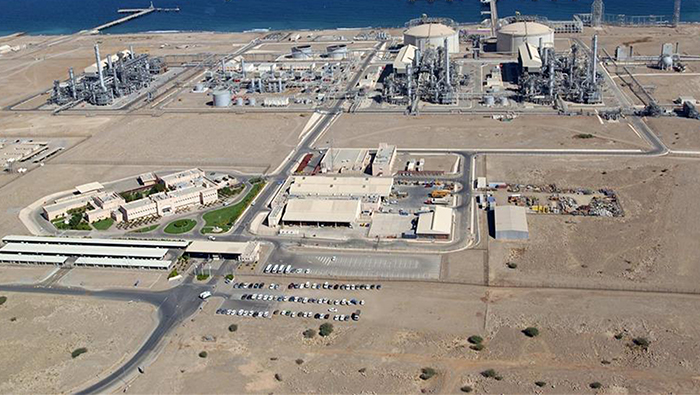
Muscat: Crude oil prices traded above two-year high levels, over the $70 a barrel mark, backed by expectations of stronger demand recovery coupled with controlled supply in the near term, a new report reveals.
The month started on a positive note after the Opec+ suppliers unanimously decided to stick to the existing plan and raise output gradually in the coming months, the Kuwait-based investment, strategy and research firm Kamco Invest, said.
“As per the plan, the group will increase supply by 0.7 million barrels per day in June-2021, and 0.84 million barrels per day in July-2021,” the research firm said.
The remaining 5.8 million barrels per day is expected to be gradually raised until April-2022 based on outcomes of monthly meetings between the producers.
Further on the demand front, the US Energy Information Administration (EIA) has forecasted oil consumption in the US to increase at a faster pace this year with an expected growth of 1.49 million barrels per day to reach 19.61 million barrels per day. The IEA also pointed to a demand recovery to pre-pandemic levels by the second half of 2022.
The agency expects demand to regain the 100 million barrels per day mark and urged the Opec+ producers to increase output to avoid unprecedented price rise.
The CEOs of many oil majors pointed to a similar view of a strong recovery in global oil demand including that of BP, Equinor, Rosneft and Vitol Group with promising demand trends at least until 2025, the Kamco Invest report said.
On the other hand, oil imports in China declined in May-2021 by 15 per cent due to the maintenance season, but near-term trends are expected to be dictated by how the government sets policies for the independent oil refining sector in the country.
In India, oil demand declined to a nine-month low in May-2021, but as the economy opens up gradually and vaccinations increase, demand is expected to pick up from July-2021.
In terms of oil supply, Opec+ lowered its supply estimates by 0.2 million barrels per day and said that it expects Organisation for Economic Co-operation and Development (OECD) oil inventory to see a bigger decline during the second half of 2021.
Crude production in the US continued to remain around the 11 million barrels per day mark. However, the EIA now expects a smaller decline in US output this year by 0.23 million barrels per day against the previous decline expectation of 0.29 million barrels per day to average at 11.08 million barrels per day, while 2022 will likely see the production of 11.8 million barrels per day.
Oil prices
Crude oil price witnessed consistent gains since the start of June-2021 backed by demand optimism seen across US and European markets coupled with controlled production by Opec+ members as well as by the US, the research report said.
Brent oil futures traded at $72.32 a barrel on 10-June-2021, the highest since May-2019 as the rate of vaccinations continues to rise globally with developed markets now focusing on accelerating vaccinations in developing markets and the rest of the world.
Brent crude oil basket averaged at $68.54 a barrel, the highest since April-2019, after increasing by 6.3 per cent month-on-month (m-o-m) during May-2021.
The increase in Opec crude was similar at 5.8 per cent to average at $66.9 a barrel while Kuwait crude witnessed a slightly higher increase of 5.9 per cent to average at 67.5 a barrel.
World oil demand
Opec, in its monthly report, increased demand estimates for 2020 by 0.1 million barrels per day to show a slightly smaller demand decline of 9.3 million barrels per day to average at 90.6 million barrels per day.
The revision reflected updated data for both OECD and non-OECD producers. For 2021, the world oil demand growth forecast was kept unchanged at 6.0 million barrels per day to an average of 96.58 million barrels per day, still below pre-pandemic levels. However, data at the individual country level and a quarterly trend was updated.
According to Opec, the OECD Americas and Europe regions reported lower-than-expected oil demand during the first quarter of 2021 that was offset by higher expected demand during the second quarter of 2021 in these regions backed by easing restrictions and the revival of the transportation sector.
Demand in the OECD region is expected to be back end loaded with most of the growth coming during the second half of 2021. Meanwhile, recent data has shown a recovery in jet fuel demand in the North Atlantic region with growth in passenger numbers in the US and Europe.